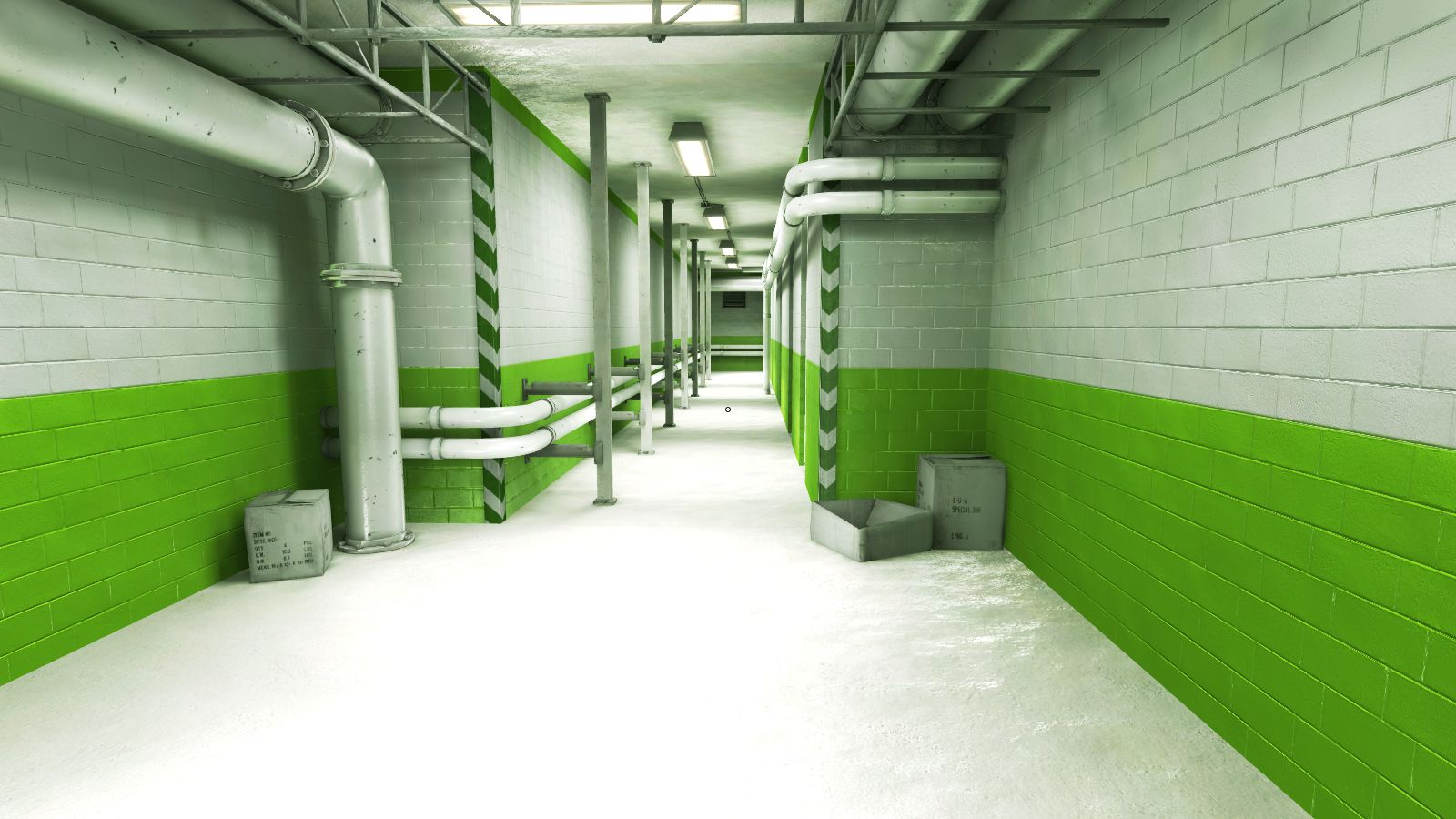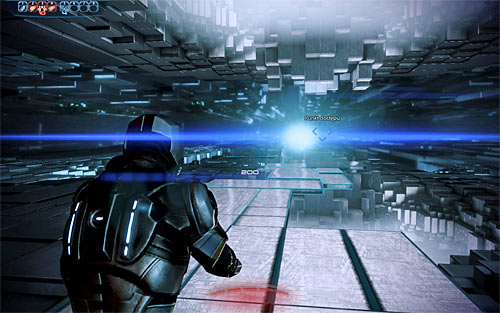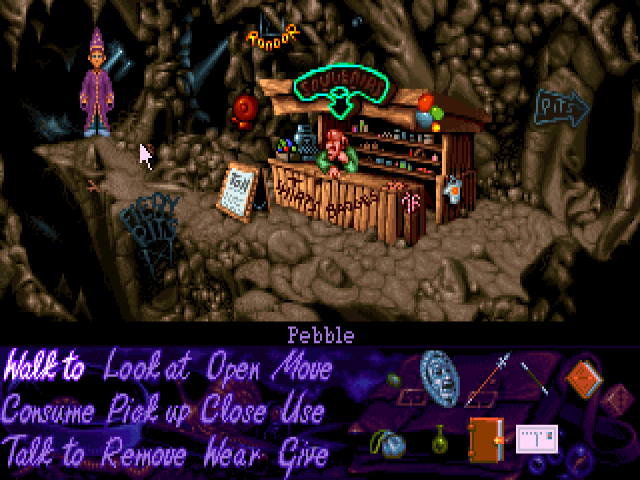Jumping straight off from where I left yesterday, I thought that perhaps a good way to represent the internet as non-neutral would be to have two people perform the same activity, but with one slowed down against their will, with nothing they can do to complain. The reason for this is because without net neutrality, ISPs will be able to slow speeds of other users on their network just because they’re with a different ISP.
For example, if two people try to toast bread at the same time, on the same settings with the same bread, but with two different toasters, somehow making it so one of the toasters takes a much longer time to get the same result as the other toaster.
This is just an example, but if I could think of a way of further developing this into a physical project, I think this is the idea I would like to go with.
—-
How about a simple multiplayer game where the users have to run down a corridor, or around an arena full of obstacles to collect several items. However, at the beginning of each new round, one of the characters is randomly selected to have the input simulate high network latency. This idea could be expanded to accommodate more players or new systems.
In the book Game Design by Andrew Rollings and Ernest Adams, chapter 6 of the introduction talks about game design and the elements needed to create a good experience for the user, such as the interactivity, visual and sound design.
Interactivity
As much of a message as I am trying to send with my game and the gameplay elements within it; the game itself should still be entertaining to play. As a progression to the idea I had above, I think that a game such as Mario Kart would be a perfect way for my own game to play; the users have to race around a track which is based upon an aspect of the web (Ie; social networking) and try to be the first one to the end. Along the way, users can obtain power-ups which are a representation of ways that the non-neutral internet is negatively affecting users. an example of this would be a power-up that can slow another user down by simulating high network latency, or another power-up that can “blind” the player by censoring the game for a short amount of time.
Visual Design
I’d like my game’s visual design to be clean and simple yet stylised; a lot like mirror’s edge, but unlikely to be as smooth or polished. I want my game to have visuals that serve as an interpretation to what a physical online space may look like.

Many games over the years have had their own interpretations as to what a visualised online space might look like. For example, here is a screenshot of Mass Effect 3, taken from a mission involving the exploration of a massive online neural hub.

And finally another from Metal Gear Solid’s “VR missions”; an online virtual reality training simulation that exists within the Metal Gear universe.

As for the characters; I think it would be rather effective to have the players represented by nondescript, neutral characters and the vehicles represented as simple computer mice. The statistics of each player could be sourced from the average connection speeds (and other data) from real-world ISPs.
Sound Design
Audio would be a standard fare; a simple techno beat could serve as generic background music, with error sounds and effects used for the use of power-ups, game overs, finishing the race and more.
——
Further developments: An ADVENTURE game! While I would love to make one in the style of say, Myst, I could just make a simple point ‘n’ click game 90s style, or an even earlier text-based adventure like The Hitchikers Guide to the Galaxy. The game would act as a tongue-in-cheek adventure through the modern web, but in a dark future where net neutrality has failed to gain traction and as such, much information is blocked, there is no anonymity and other events such as slow-downs, throttling and congestion could occur.
Interactivity
The game would play like your standard point and click game; with a visual interface showcasing the game world and characters, with a menu underneath featuring actions the player can take such as “talk to” or “pick up”. The only mode of interactivity would be through mouse clicks, and as such playing the game would be a very simple affair.

Visual Design
Like many games of the type that came out in the late 80s – mid 90s, the graphics would be based on 32-bit pixel art, such as that seen in Lucas Arts’ The Secret of Monkey Island or The Dig. However, these games where made by a team of professionals, so more than likely many of my sprites will be taken from open-source projects.


Sound Design
Like many early adventure games, my game won’t feature voice acting or complex music, instead relying on simple custom music to fit the theme of the scene currently being shown on screen.
The software used to create my game can be downloaded for free from http://www.adventuregamestudio.co.uk/
Further open-source engines can be found here: http://html5gameengine.com/






